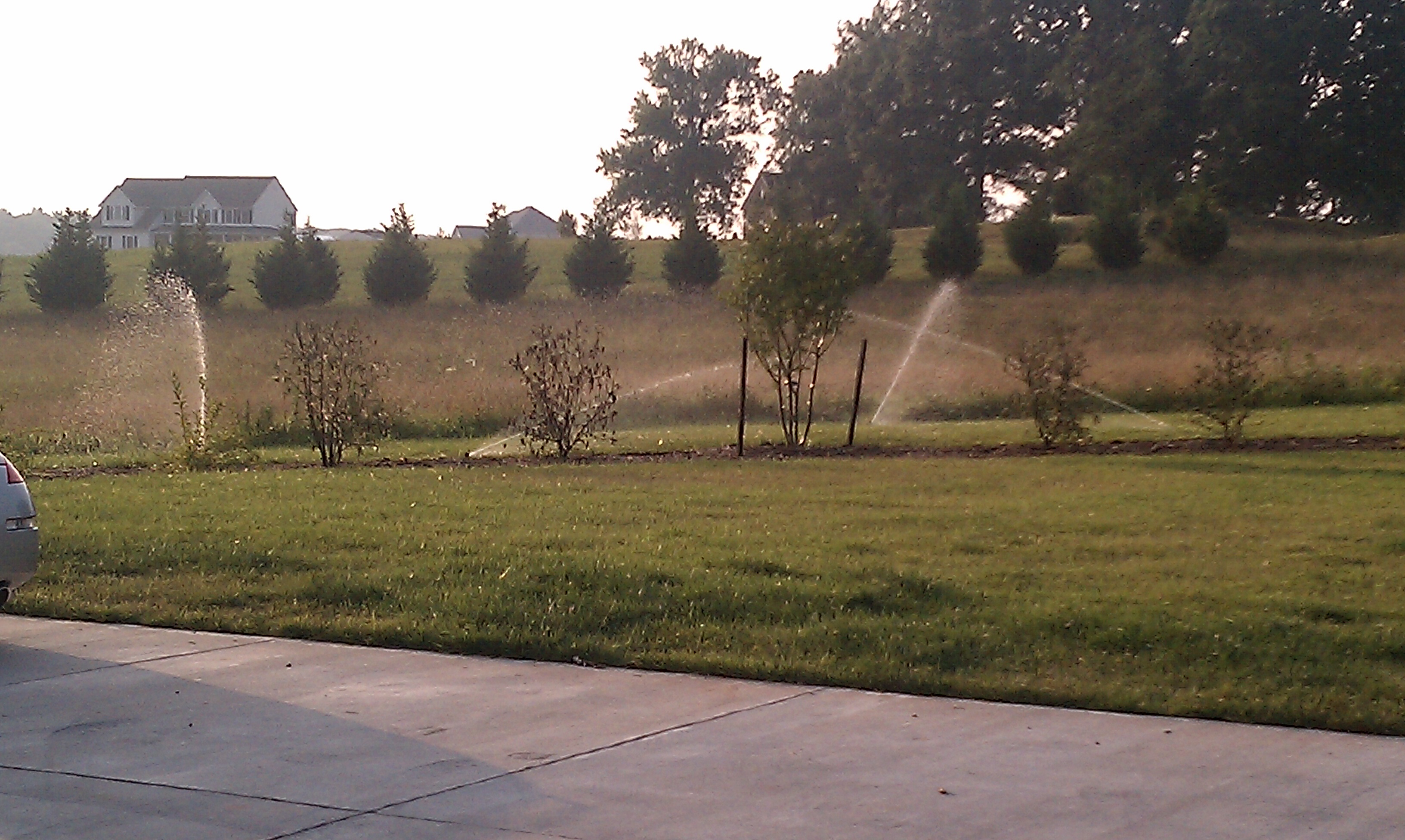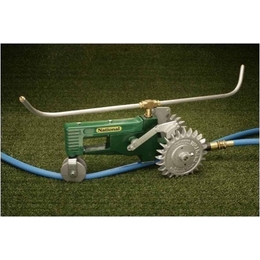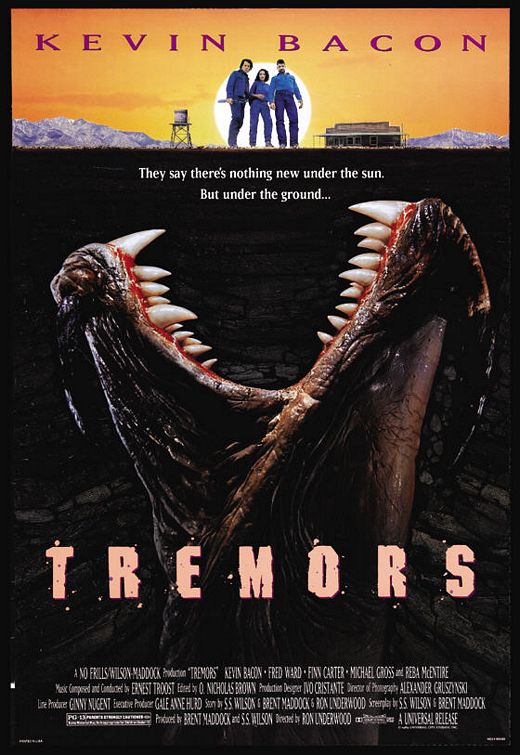You may have noticed that it's been a bit warm of late. While the heat makes me a little cranky, newly installed plants will be just fine IF …
Irrigation
When Should I Have My Irrigation Installed – Before or After Planting?
This is a question I get quite a lot. In an ideal world, this is the order of operations: All planting areas are prepped Trees and …
Don’t Fear Your Irrigation System – Basic System Layout Explained
I've had homeowners paralyzed with fear, unwilling to make changes to their landscape because of the terror that lurks below the surface. …



